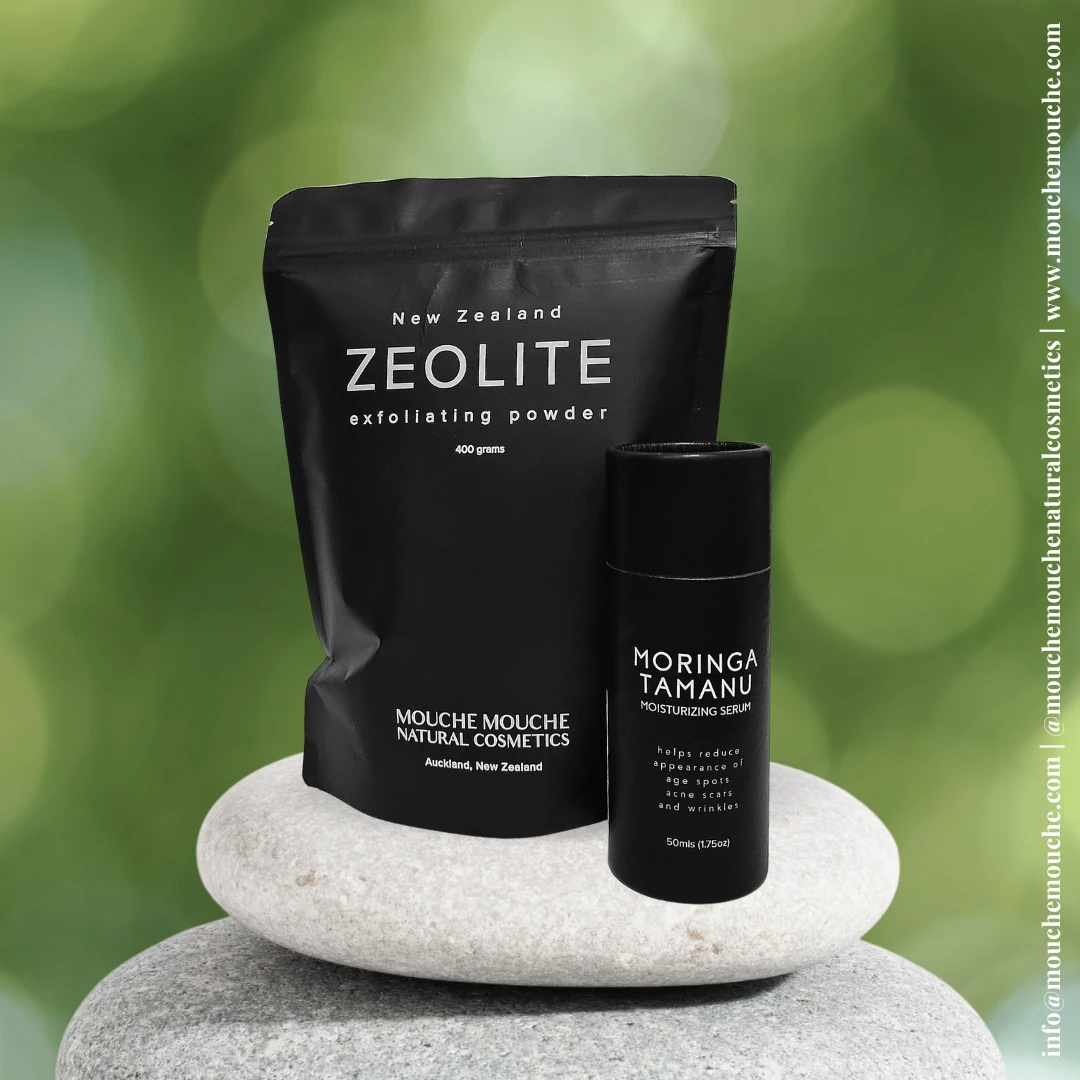Not only do houseplants add life to a room, but some are particularly good at producing oxygen, which can make your home feel fresher and more inviting. Here are five of the best oxygen-boosting indoor plants that thrive in New Zealand’s climate and are easy to find at local plant shops. These plants are low-maintenance, perfect for our region’s homes, and great for keeping the air lively. Here’s the lowdown on each, with tips on how to care for them in North Canterbury’s unique conditions.
1. Snake Plant (Sansevieria)
If there’s one plant that’s a must-have for oxygen production, it’s the snake plant, also known as Mother-in-Law’s Tongue. What makes this plant special is its ability to release oxygen at night, unlike most plants that do so only during the day. This makes it a fantastic choice for bedrooms, where it can quietly work its magic while you sleep. Its long, upright leaves in shades of green with grey or yellow stripes add a sleek, modern vibe to any room.
Why It’s Great for North Canterbury: Snake plants are tough as nails, handling the cooler winters and occasional dry indoor air from heating systems. They don’t mind low light, which is perfect for homes where winter sunlight can be scarce.
Care Tips:
- Light: Place it in bright, indirect light or even a shady corner. It’s forgiving if your room doesn’t get much sun.
- Watering: Water sparingly – once every two weeks is often enough. Overwatering is the enemy here, so let the soil dry out completely between waterings.
- Local Tip: Keep it away from draughty windows in winter, as North Canterbury’s frosty nights can sneak indoors. I pop mine on a shelf near a north-facing window for a happy medium.
Where to Find It: Available at most nurseries.
Areca Palm (Dypsis lutescens)
The areca palm is like a little slice of the tropics for your living room. Its feathery, arching fronds not only look lush but also pump out plenty of oxygen while adding humidity to the air – a bonus for combating the dryness from indoor heating. This palm is a top pick for larger spaces, as it can grow quite tall over time.
Why It’s Great for North Canterbury: The areca palm loves bright, indirect light, which suits the large windows common in modern homes. It also handles our warm summers well, as long as you keep it hydrated.
Care Tips:
- Light: Position it near an east or west-facing window for filtered light. Direct sun can scorch its leaves, so avoid south-facing spots with intense summer rays.
- Watering: Keep the soil moist but not soggy—water about once a week. Mist the fronds occasionally, especially in summer when North Canterbury’s air can get dry.
- Local Tip: If you’re in a coastal area like Amberley, watch for salty air sneaking in through open windows. A quick rinse of the leaves monthly keeps it happy.
Where to Find It: Look online or visit a local plant shop.
Spider Plant (Chlorophytum comosum)
Spider plants are the cheerful, low-maintenance friends of the plant world. With their arching green and white striped leaves and little “spiderette” plantlets dangling from the stems, they’re both oxygen producers and a fun addition to any room. They’re also pet-friendly, which is great for North Canterbury’s family-oriented households.
Why It’s Great for North Canterbury: These plants are adaptable to the region’s variable light conditions, thriving in everything from bright lounges to dimmer corners of Pegasus apartments. They’re also hardy enough to handle occasional neglect during busy seasons.
Care Tips:
- Light: They prefer bright, indirect light but can tolerate shade. A spot near a window works well, but avoid direct midday sun.
- Watering: Water when the top inch of soil feels dry – about once a week. They’re forgiving if you forget now and then.
- Local Tip: In winter, move them away from cold windows to prevent leaf tips from browning. Leave them hanging in the kitchen, where it catches morning light and adds a cozy vibe.
Where to Find It: Widely available in most plant shops.
Peace Lily (Spathiphyllum)
Peace lilies are a favorite for their elegant white blooms and glossy green leaves, but they’re also oxygen-producing powerhouses. They’re particularly good at adding moisture to the air, which is a lifesaver in heated North Canterbury homes during winter. Plus, they’re great at filtering out toxins, making your space feel fresher.
Why It’s Great for North Canterbury: These plants thrive in low to medium light, ideal for homes with smaller windows or shaded rooms. They’re also a perfect fit for humid spots like bathrooms or kitchens.
Care Tips:
- Light: Keep in indirect light or shade – north-facing rooms are ideal. Direct sun can burn the leaves.
- Watering: Water when the soil feels dry to the touch, roughly every 7-10 days. They’ll droop dramatically to signal thirst, so they’re great at communicating their needs.
- Local Tip: Mist the leaves weekly in summer to mimic the humidity of their tropical origins, especially in drier areas like Oxford.
Where to Find It: You can often find them at Mitre 10.
Pothos (Epipremnum aureum)
Pothos, often called Devil’s Ivy, is a trailing plant with heart-shaped leaves that come in green or variegated shades. It’s a champion at oxygen production and air purification, and its cascading vines add a touch of drama to shelves or hanging baskets. It’s practically foolproof, making it ideal for beginner plant parents.
Why It’s Great for North Canterbury: Pothos thrives in low to bright indirect light, perfect for the region’s homes where light levels shift seasonally. It’s also forgiving of the occasional missed watering, which suits our busy lifestyles.
Care Tips:
- Light: Place in indirect light, though it can handle darker corners. A spot near a window with sheer curtains works beautifully.
- Watering: Water every 1-2 weeks when the soil dries out. Check by sticking your finger an inch into the soil – if it’s dry, it’s time to water.
- Local Tip: In North Canterbury’s cooler months, reduce watering slightly to avoid root rot, as indoor humidity can drop with heating. I love draping mine over a bookshelf for a lush, green waterfall effect.
Where to Find It: Available online and in most department stores.
Why These Plants Matter in North Canterbury
While these plants are fantastic at producing oxygen, it’s worth noting that their impact is most effective when paired with good ventilation—something North Canterbury’s fresh, breezy air makes easy. Open your windows on milder days to let in that crisp Waimakariri breeze, and your plants will complement the natural airflow. For the best results, aim for a few plants per room – around two large plants per 9 square meters for noticeable air quality benefits. The difference in freshness is subtle but real.








